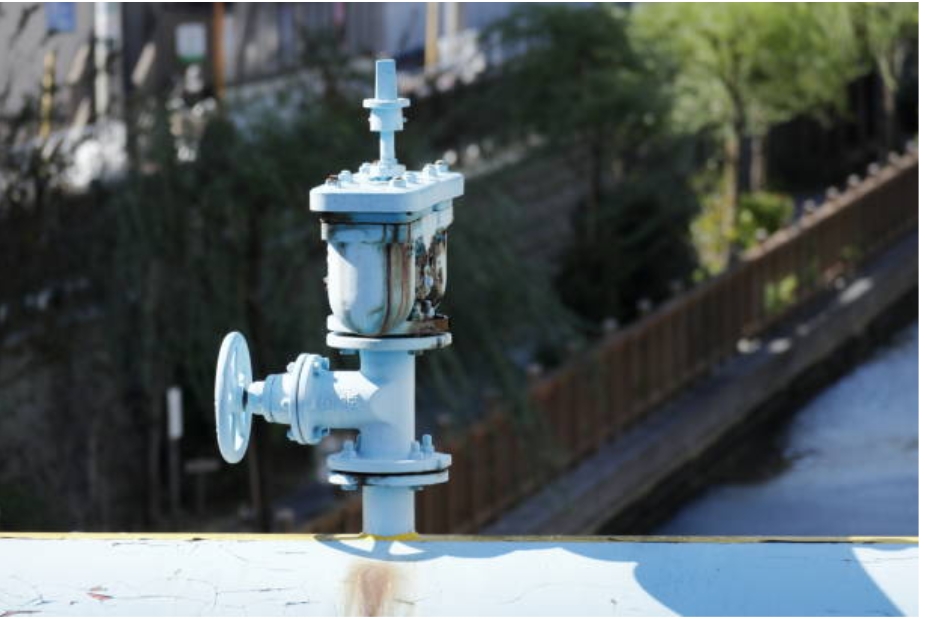Bitcoin mining is the process that keeps the entire network running. Every ten minutes, miners compete to verify transactions and add a new block to the blockchain. That said, how long does it take to mine one full Bitcoin?
The answer isn’t as simple as hitting a timer. Mining time depends on a range of factors, including computing power, network conditions, and participation in mining pools.
Fluctuations in crypto prices often spark renewed interest in mining, but the process involves more than just running a computer. Understanding how long it takes, and what affects that timeline, can offer helpful insight into the mining ecosystem and Bitcoin’s broader economics.
The Bitcoin Block Time: A Built-In Benchmark
At the core of the Bitcoin protocol is a rule: one block should be added to the blockchain approximately every ten minutes. This interval is known as the block time, and it’s designed to remain consistent regardless of how many miners are participating or how powerful their machines become.
Importantly, each block does not equal one Bitcoin. Instead, blocks contain several transactions, and miners are rewarded with a fixed amount of Bitcoin for successfully validating and adding a block. So while it may take ten minutes to mine a block, earning a full Bitcoin depends on how much of the reward an individual miner receives.
How Many Bitcoins Are Mined per Block?
When a miner successfully adds a block to the chain, they receive a block reward. As of 2024, the reward is 3.125 BTC per block, following the most recent halving event. This reward is cut in half roughly every four years to control the supply of Bitcoin.
Because the reward is shared among those contributing computational power (especially in mining pools), an individual miner rarely earns the full 3.125 BTC alone. Instead, they earn a fraction based on their share of the work. This is why the time it takes to mine one Bitcoin combines computing power, network share, and reward structure.
Which Factors Affect Mining Speed?
The time it takes to mine one Bitcoin depends on several key factors, including hardware performance, network conditions, and mining strategy. One of the most critical variables is hash rate, which measures how quickly a machine can perform the calculations required to solve a block. More powerful hardware with higher hash rates increases the likelihood of earning rewards more quickly.
Another major factor is mining difficulty. This adjusts automatically every 2,016 blocks, roughly every two weeks, to ensure that new blocks are added approximately every ten minutes. As more miners join the network or hardware becomes more efficient, the difficulty level rises to maintain consistency.
Whether someone mines solo or participates in a mining pool also affects the timeline. Solo mining can lead to long stretches with no rewards, while mining pools distribute smaller, more frequent payouts based on the percentage of computing power each participant contributes.
Finally, operational costs (especially electricity) play a role in speed and sustainability. Mining is energy-intensive, and access to low-cost, reliable power can substantially affect how effectively someone can run mining equipment over time. Regulatory considerations and geographic location may also impact a miner’s ability to operate efficiently.
Mining 1 Bitcoin Today
It helps to look at what mining one Bitcoin might look like under different conditions. A solo miner using a top-tier ASIC machine, like the Antminer S19 Pro, might technically generate 0.0005 to 0.001 BTC per day, depending on network difficulty and uptime. At that rate, it could take several months or more to mine a full Bitcoin, assuming consistent operation and no major disruptions.
How Do Halvings Change the Timeline?
Bitcoin halving events are built into the network and occur approximately every four years. When a halving occurs, the block reward is cut in half, meaning miners receive 50% less Bitcoin for the same amount of work. This mechanism is designed to control the total supply and slow the rate at which new Bitcoins are introduced.
The most recent halving occurred in 2024, reducing the block reward to 3.125 BTC. As the rewards decrease over time, it becomes harder to mine a full Bitcoin through block payouts alone. For miners, this means longer timelines, tighter margins, and a greater reliance on efficiency and scale to remain profitable.
Mining Takes More Than Just Time
Mining one Bitcoin requires strategy, power, and patience. With evolving rewards and rising costs, success depends on setup, timing, and staying ahead of network shifts.






